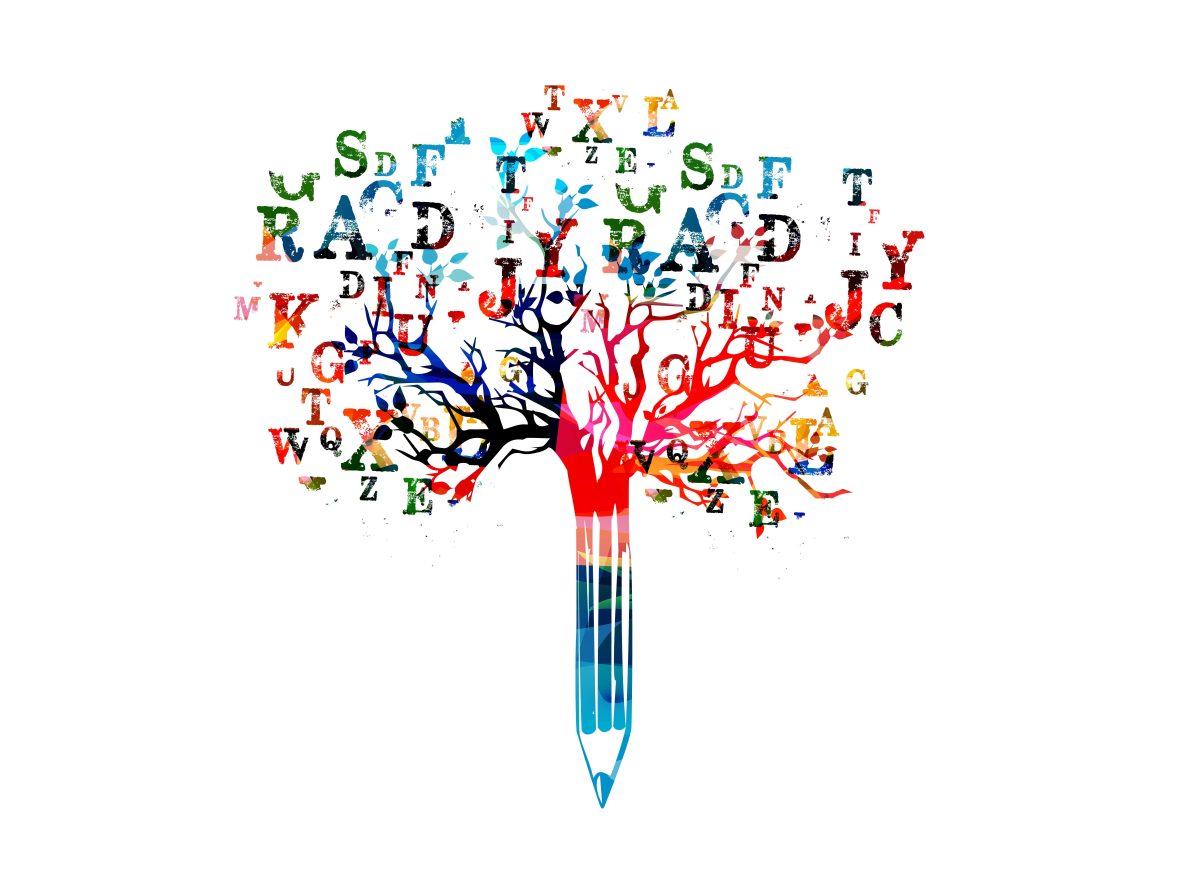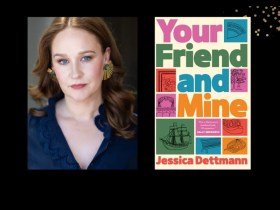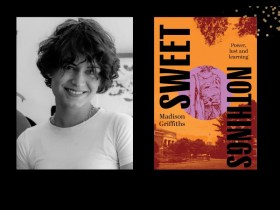We sit cross-legged on cushions, ready for our two-hour session each week. Fifteen or so teens, a smattering of parents who wish to participate. We don’t take a break – and everyone’s happy with that. They want to write, write and write some more. We close our eyes, take three long, loud breaths, blowing away the busy mornings we’ve had, the mad rush to find each other and gather here.
I’ve scribbled the first few lines of dialogue from Chekhov’s play The Seagull on the whiteboard behind me. I gesture to them and my students begin to write using those lines as a prompt. They write fast and loose, as I’ve taught them to, getting first thoughts down, keeping their pens moving, not looking back, not worrying about grammar, spelling, punctuation, not self-editing; immersed in the swelling waves of creative flow.
Already we’re in Week Nine and I’ve noticed many things have changed since the beginning of the course. The teens are more enthusiastic, quick to express the gamut of emotions, bravely showing their first drafts to each other, unravelling deeper layers of their hopes, fears and dreams week by week.
Creative writing is therapeutic for teens. Here, we’ve created a space of non-judgement and openness to whatever they decide to express and work through. Slowly, they begin to feel the freedom to explore their vulnerabilities, doubts, fears and trauma. Each time I see them reveal more of their inner selves, I’m in awe of their joyful courage. They are beings of pure potential, full of the excitement of the unknown. Once they learn to harness this latent energy, they feel empowered and begin the journey of finding their authentic voice, in writing and in life.
Writing prompts can be as potent as therapy. When I ask my students to write pieces with opening sentences like ‘I remember…I don’t remember’, ‘I know…I don’t know’ and questions such as ‘Who is the scariest person in your life?’ or ‘What was your saddest day?’ it gives them the opportunity to reflect and integrate their experiences and feelings. They gain power over their memories and face their fears for the future. They learn to see the world anew in these exercises, through the fictional eyes of a grieving father, a toddler, a police detective, a historical figure, an animal, a fantasy creature, an oppressor or the oppressed.
Read: John Kinsella on creative collaboration
Depression, anxiety, poor body image, eating disorders, abuse, drug and alcohol issues, self-harming and even suicidal ideation are stark realities for many teens today. In a pandemic world, the added stresses of loneliness, isolation, fear and uncertainty about the future intensify these feelings. The Australian-based Swinburne Centre for Mental Health has been monitoring stress levels since the beginning of COVID and has found that they have increased three times since March 2020. In a writing class, my students’ concerns can be channelled through characters or a narrator and explored safely at a remove. As I always tell them: ‘The “I” of the narrator is not necessarily you’. Go wild. Push boundaries. Surprise yourself. They have the opportunity to explore these overwhelming, scary feelings through fictional narratives.
According to The American Journal of Public Health, expressive writing is ‘effective in reducing adverse physiological and psychological outcomes … the potential to contribute toward reducing stress and depression and can serve as a vehicle for alleviating the burden of chronic disease’. The creativity we harness when we engage in right brain activity can also lower our cortisol levels and increase the feel-good hormone serotonin. ‘The arts might be used in a variety of ways to heal emotional injuries, increase understanding of one’s self and others, develop a capacity for self-reflection, reduce symptoms and alter behaviours and thinking patterns.’
My teens are loving the writing they’re doing in class – and by extension, reading outside their usual comfort zones too. We have a rhythm of write, read, more writing, more reading. They do the homework. They engage with the assigned texts. They’ve become sincerely supportive of each other’s creative efforts when we workshop our fast in-class exercises, our short stories and poems. We play improvisation games and use prompts such as paintings, old photographs, postcards, bush walks and household objects to create stories, and the camaraderie we’ve created transcends age, gender and ability. I have male and female students ranging from the age of 12 to a few adults in their 40s and 50s. This sort of cross-generational bonding is a welcome balm for all of us.
The teens have created a strong bond amongst themselves and a nurturing, safe environment for the sharing of their raw, first drafts and subsequent, more polished drafts. They’re learning the important discipline of following through and finishing a piece of work, and the added skills of honing their writing through the crafting techniques they’re learning in class. They’ve become adept at editing each other’s work both on the page and verbally in the group.
I’m constantly amazed by their commitment and enthusiasm for the art and craft of writing. I’m impressed by their engagement with texts they wouldn’t ordinarily choose to read: Mahmoud Darwish, Dorothy Porter, Ernest Hemingway, F. Scott Fitzgerald, Gabriel Garcia Marquez, Paddy Clarke, Frank McCourt, Margaret Atwood, Graham Greene, J.D Salinger. We read aloud poetry ranging from Sylvia Plath, George Seferis, Maya Angelou, Odysseus Elytis, Mary Oliver to Antigone Kefala. In this way, my students are beginning to have conversations that bridge the gap between generations, values and experiences. They’re seeing the relevance of other points of view. They consistently come up with exciting, engrossing, character and conflict-driven writing and their analysis of the readings helps foster the skill of critical thinking.
Creative writing can help teens find out who they are and forge their unique place in this often fragmented, complex world. It’s been a humbling experience for me to play my small part on this path.





